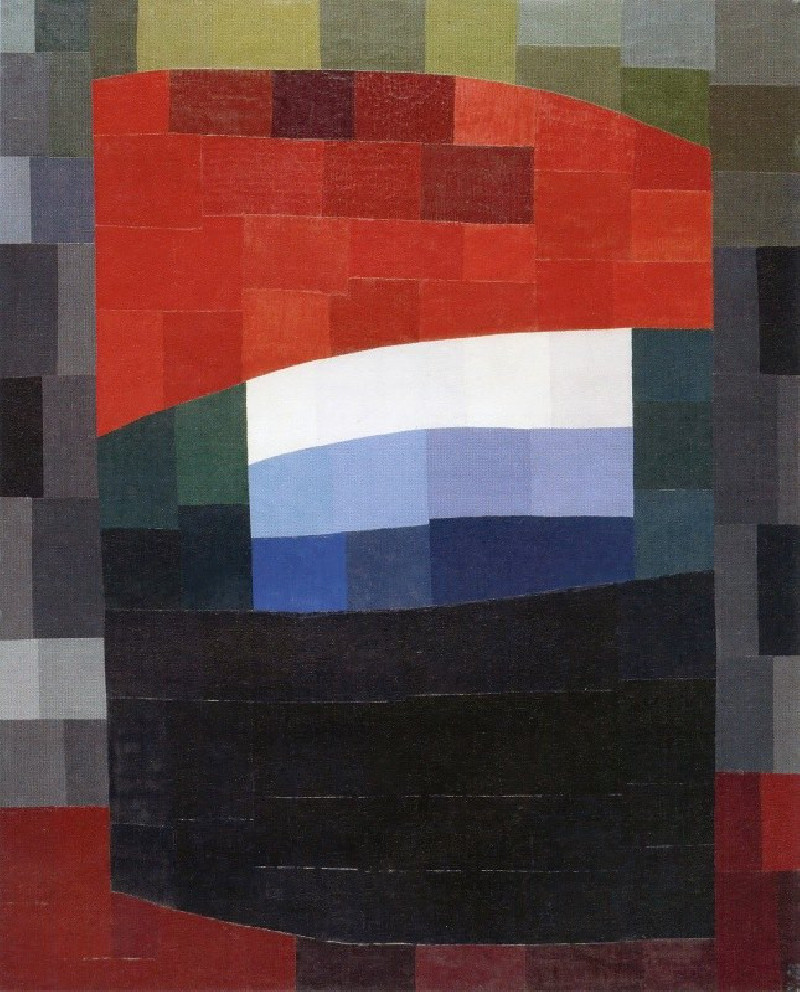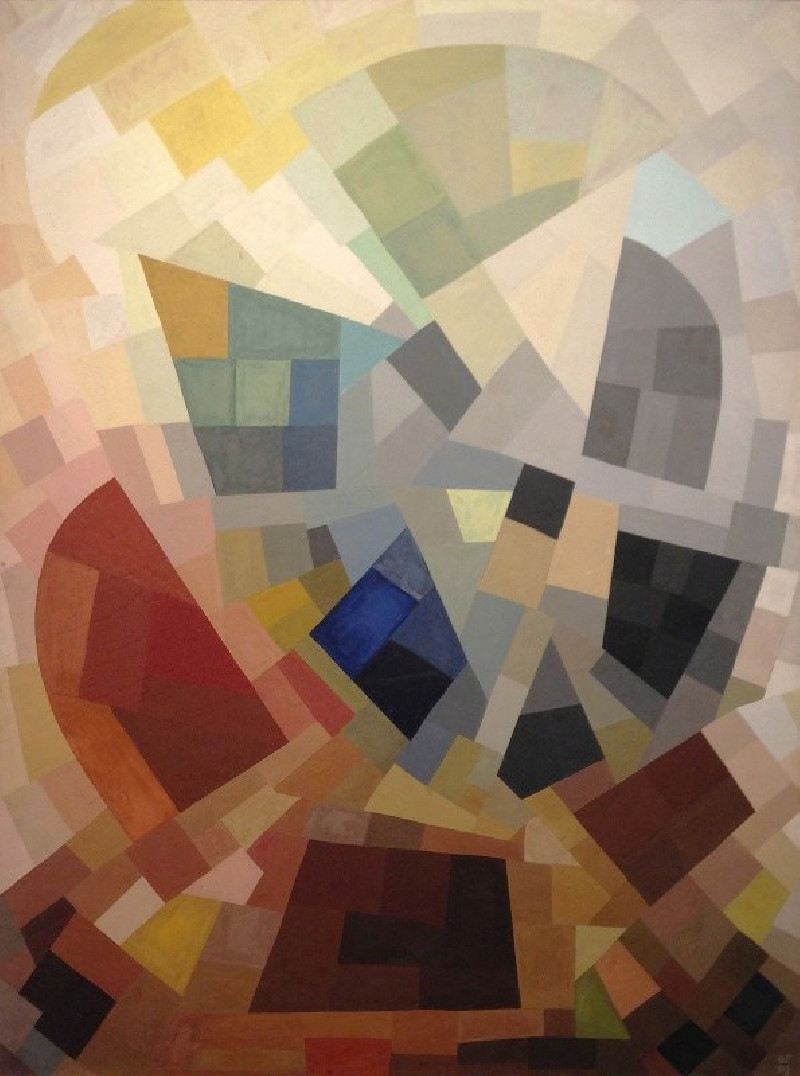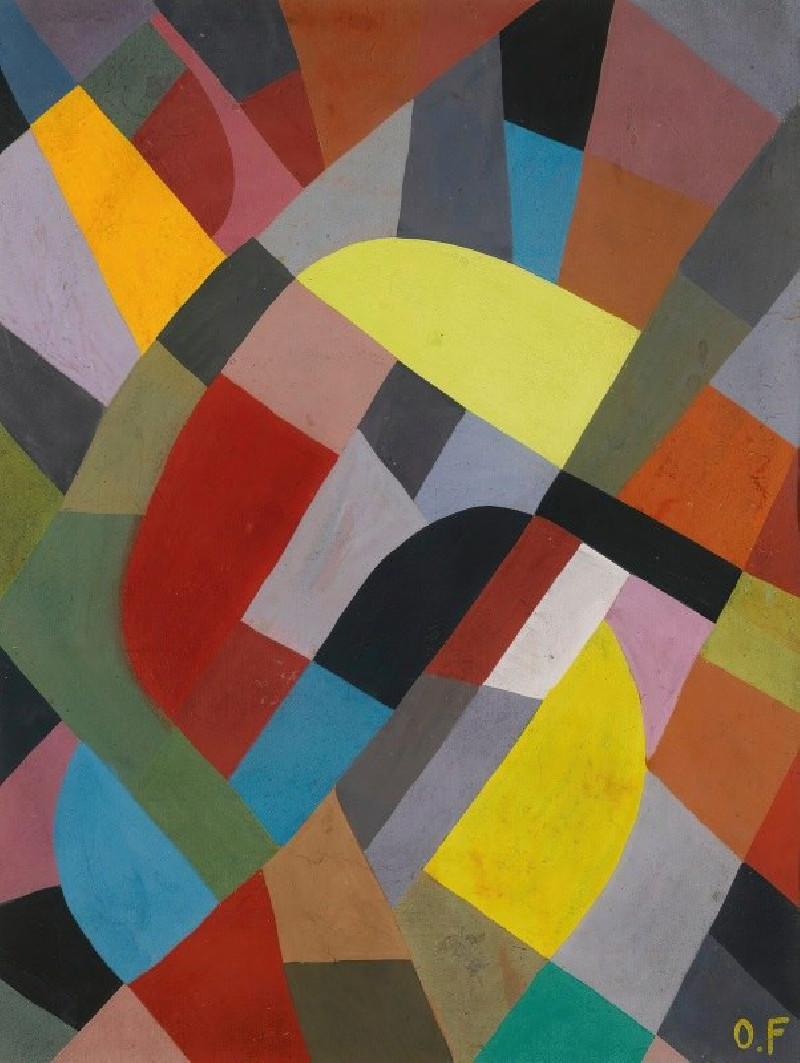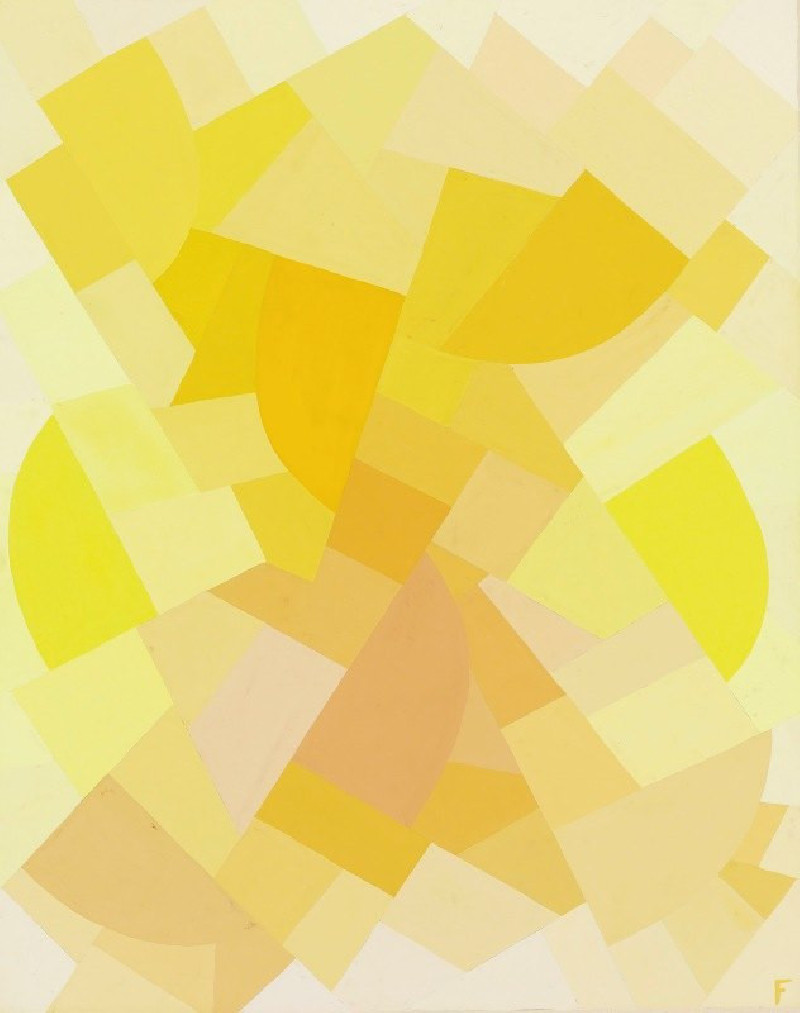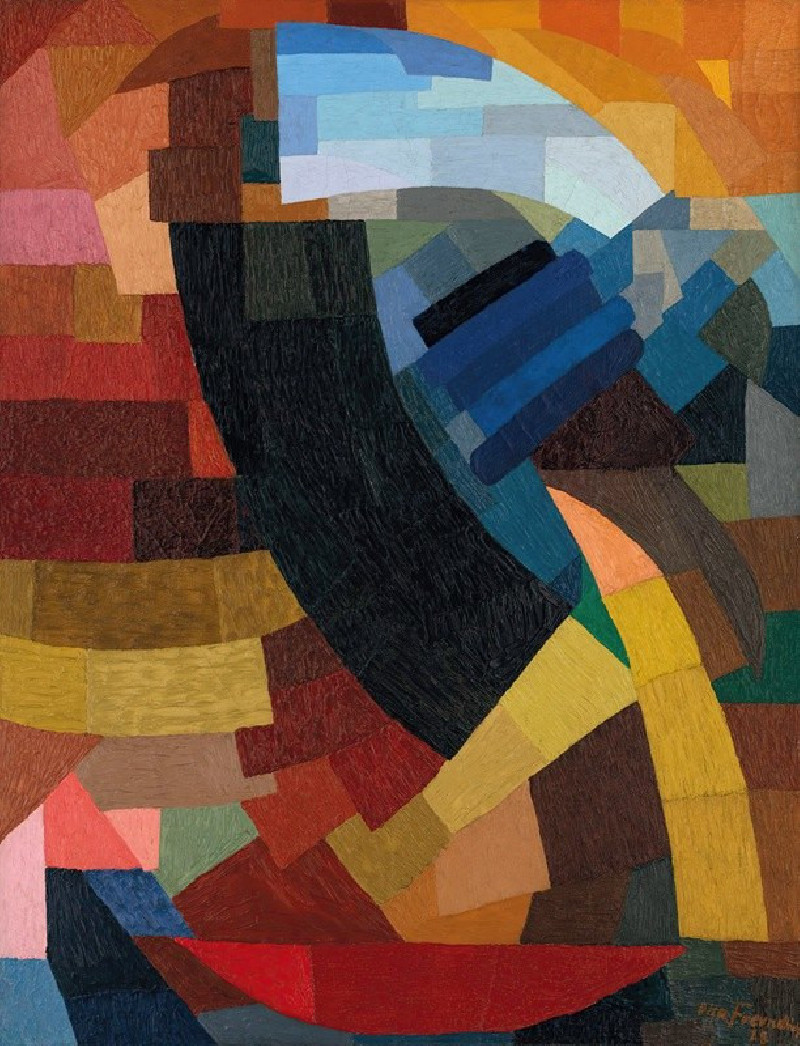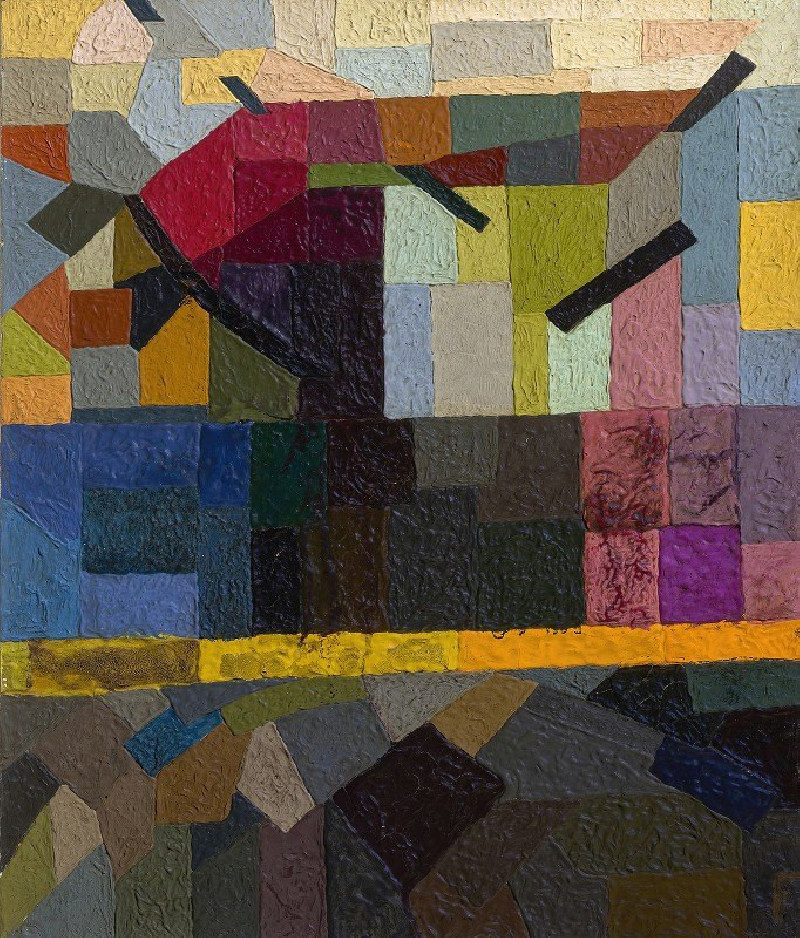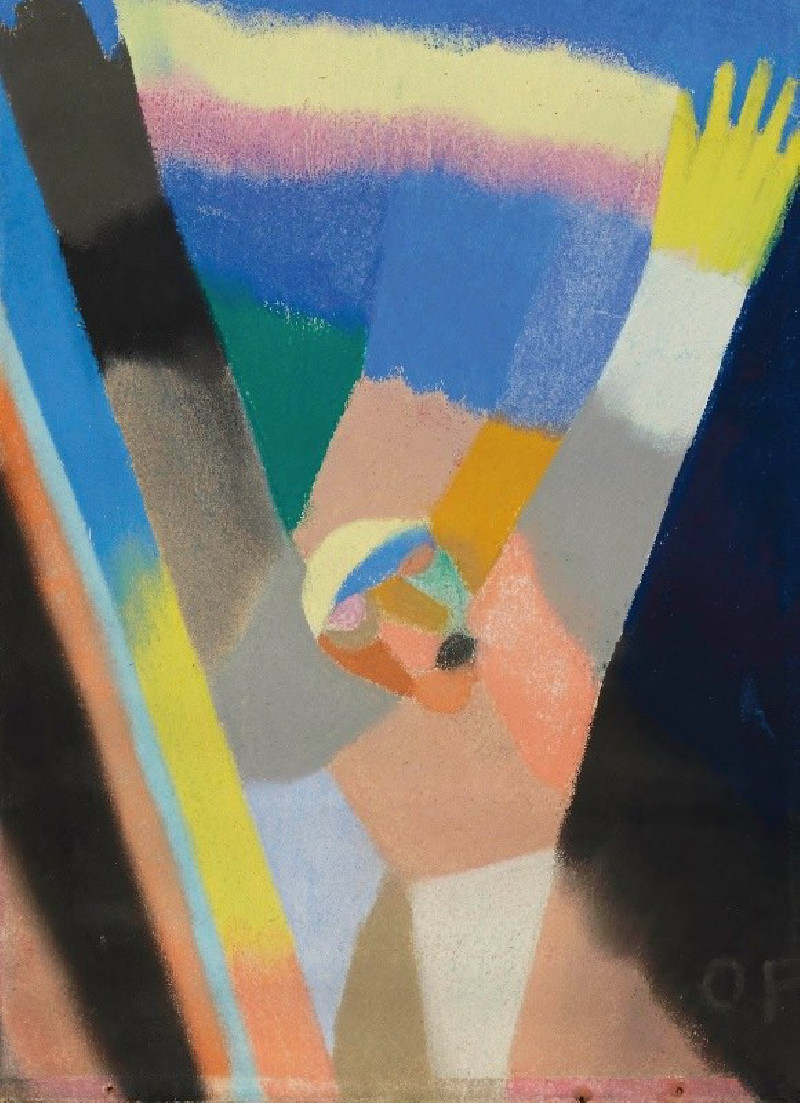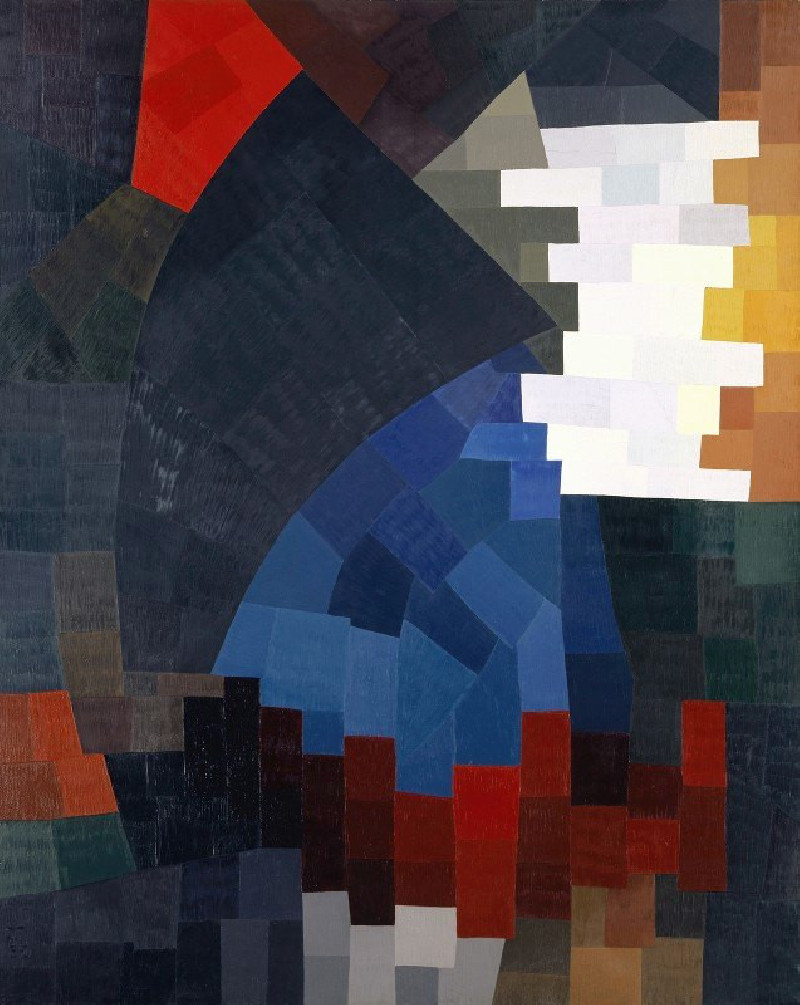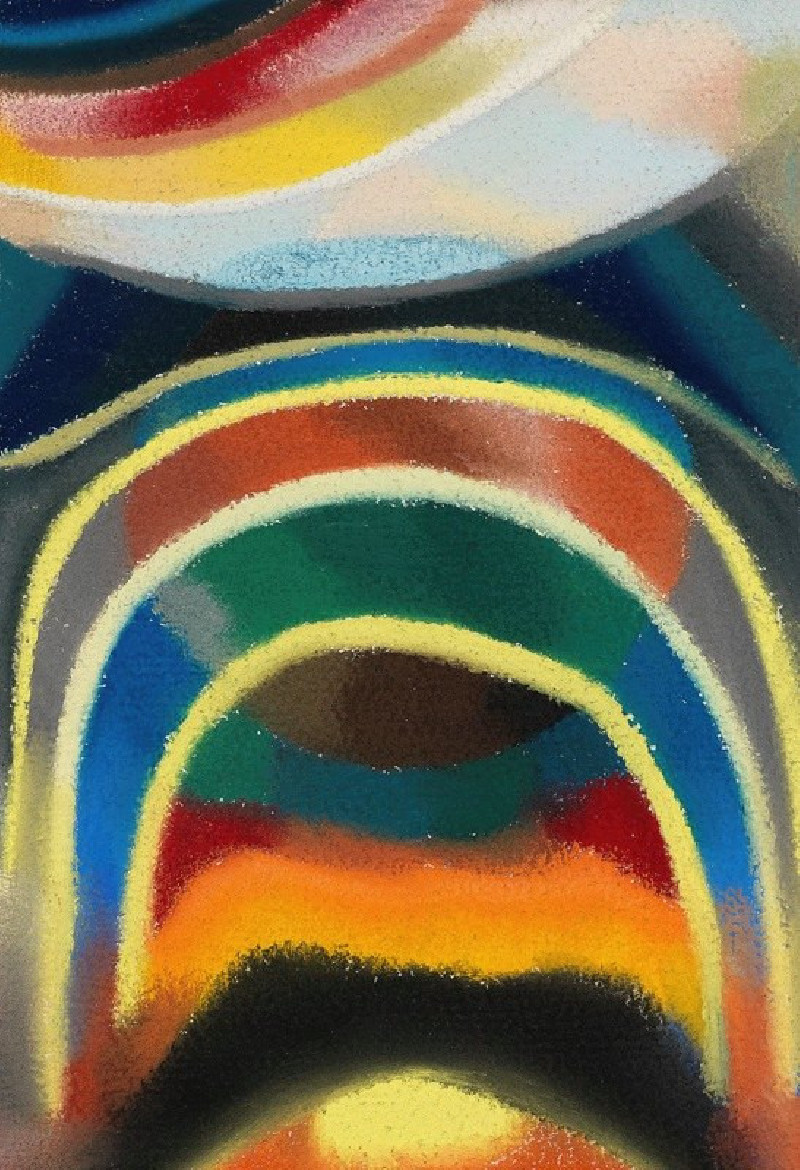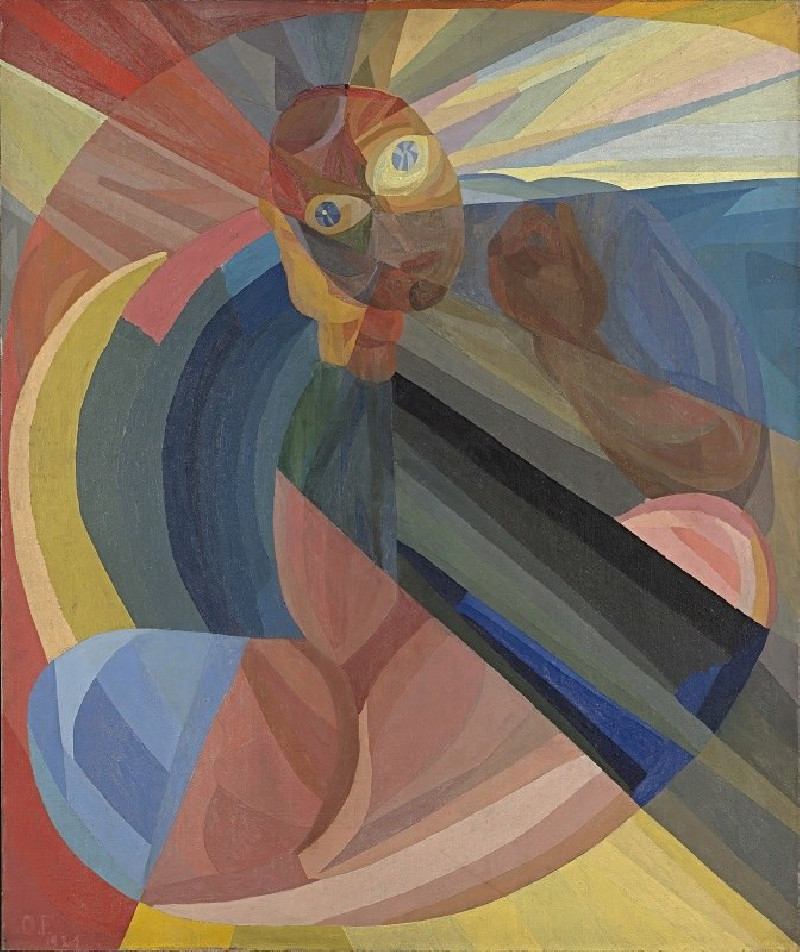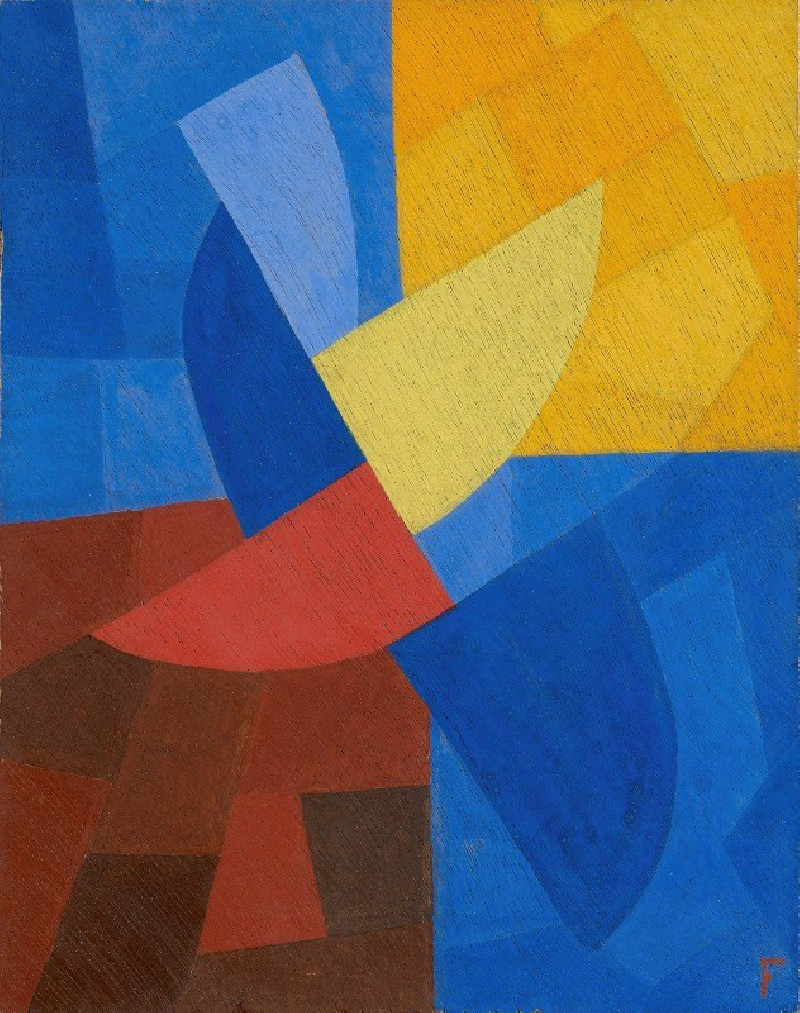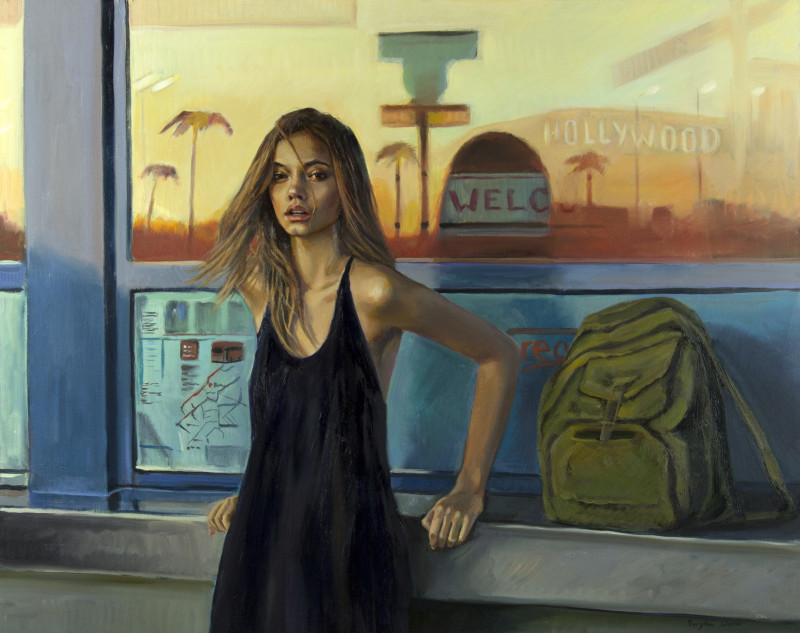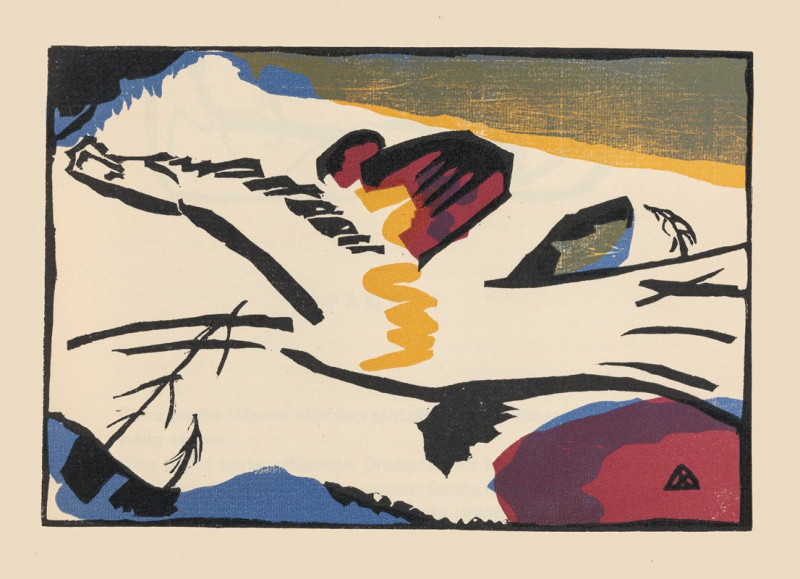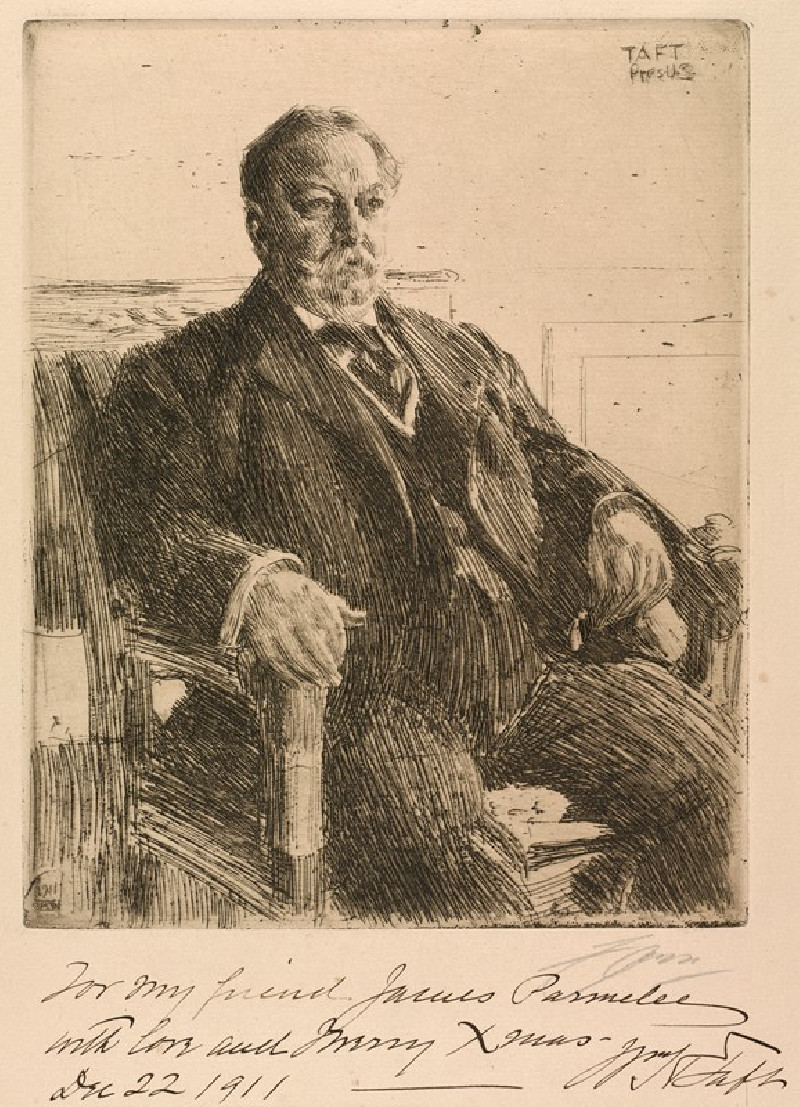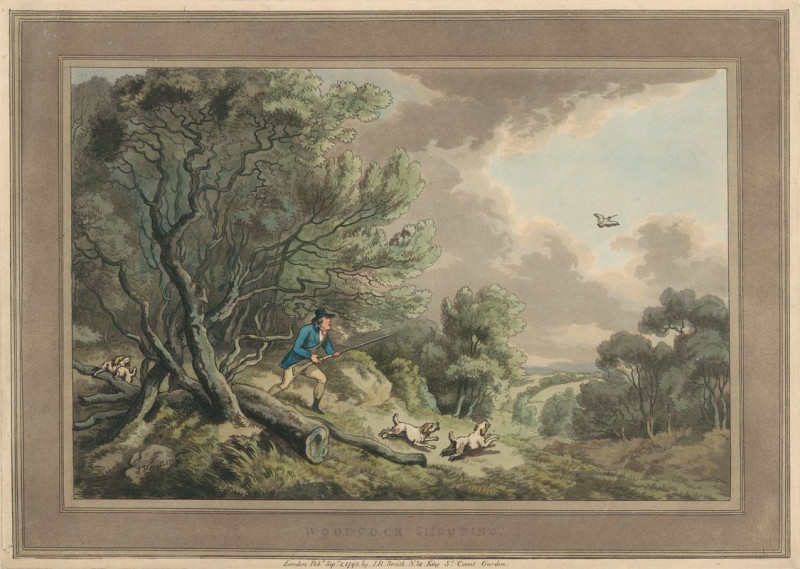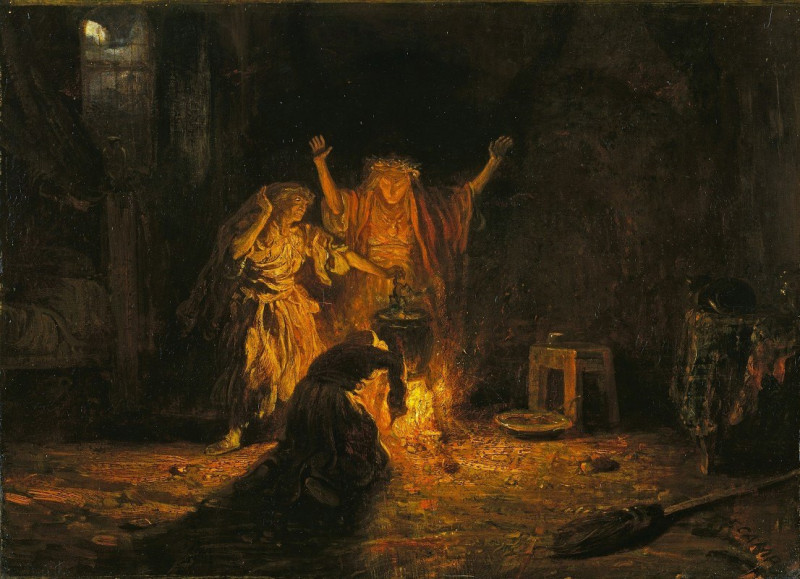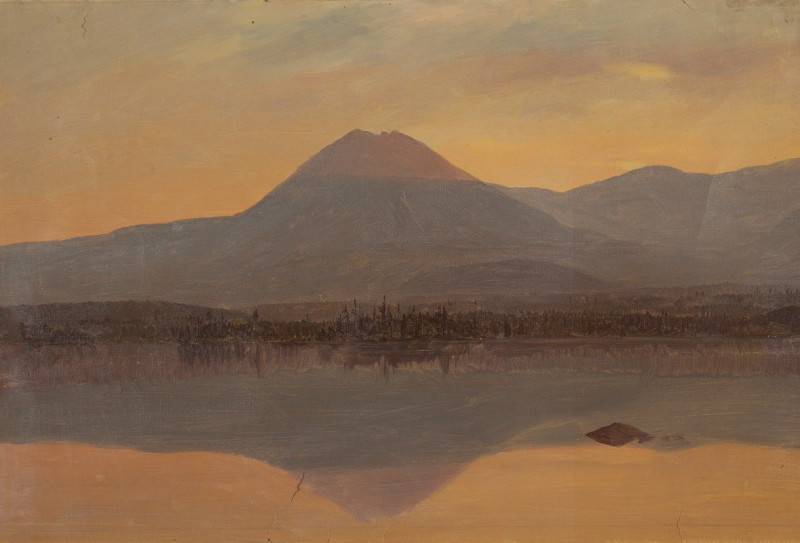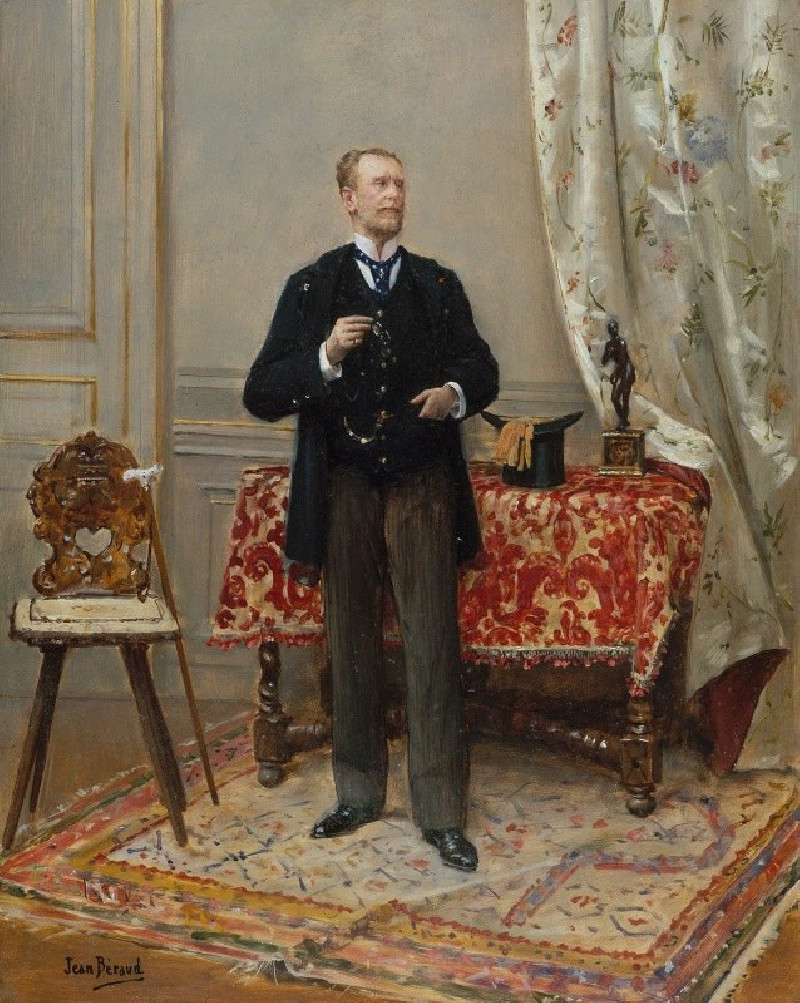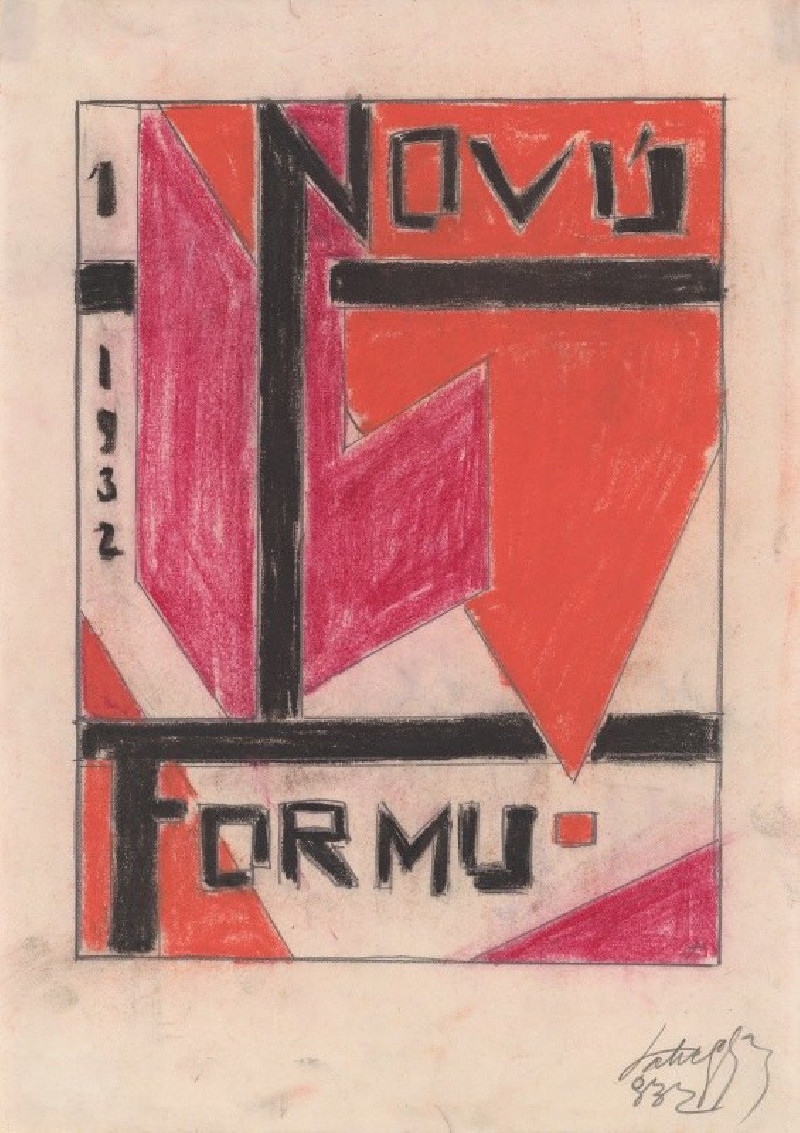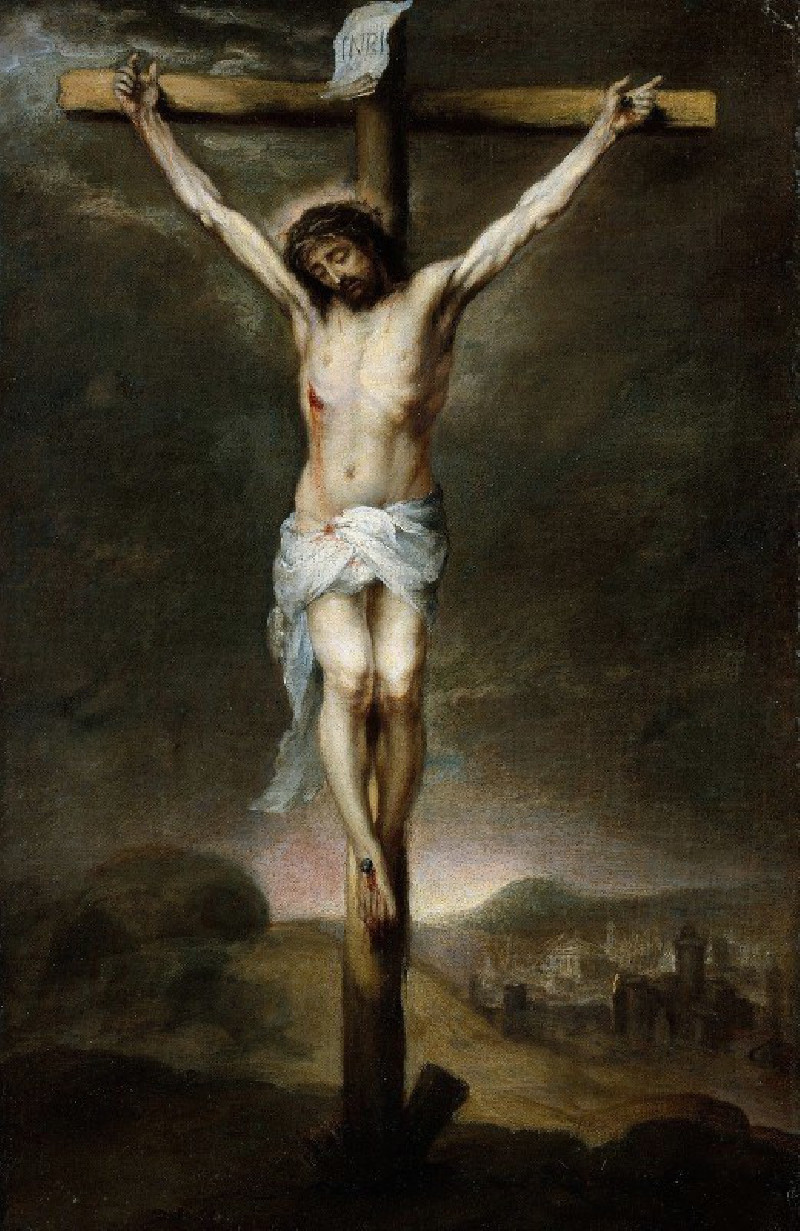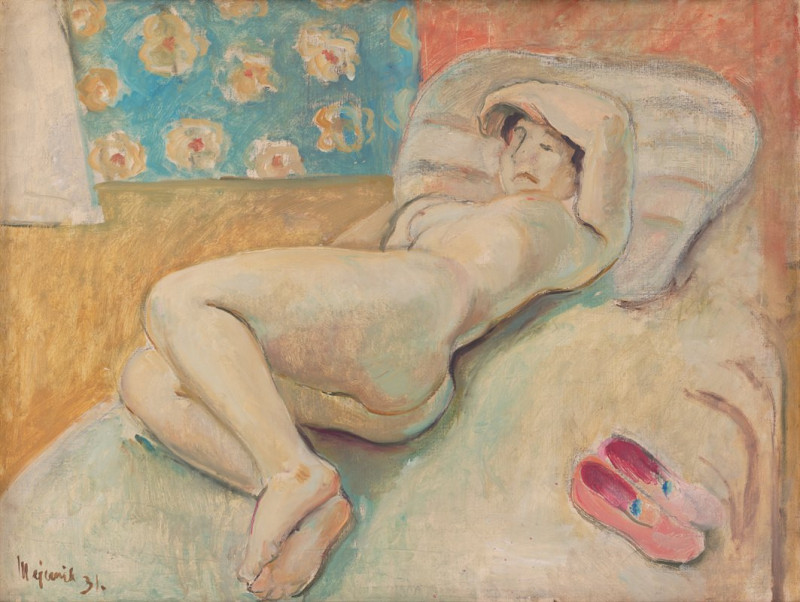Komposition (1930)
Technique: Giclée quality print
Recommended by our customers
More about this artwork
Otto Freundlich's abstract painting "Komposition" from 1930 is a remarkable exploration of form and color, emblematic of his commitment to expressing deeper philosophical and social ideas through art. The painting is structured around a vivid array of geometric shapes, each meticulously positioned to create a harmonious yet dynamic whole.In "Komposition," various blocks of color interact, ranging from deep blacks and grays to vibrant oranges, reds, and multiple shades of blue and green. This interplay of colors is not just visually striking but suggests movement and depth, drawing the viewer's eye across the canvas in sweeping arcs and gentle descents. The use of color blocks might symbolize the diversity of human experience and the interconnectedness of society, themes that were central to Freundlich’s work and life philosophy.This painting is a masterful example of early 20th-century European abstraction, demonstrating how color and shape can transcend the need for representational forms to evoke emotion and provoke thought. Otto Freundlich’s work, with its bold use of color and pioneering abstract forms, invites viewers to look beyond the surface and consider the deeper implications of unity and diversity in human society."Komposition" is a testament to Freundlich's vision of art as a tool for social change, embodying his belief that art should not merely represent the world but should strive to transform it.
Delivery
Returns
Otto Freundlich was a German painter and sculptor of Jewish origin. A part of the first generation of abstract painters in Western art, Freundlich was a great admirer of cubism.
Freundlich was born in Stolp, Province of Pomerania, Prussia. His mother was a first cousin of the writer Samuel Lublinski. Otto studied dentistry before deciding to become an artist.


